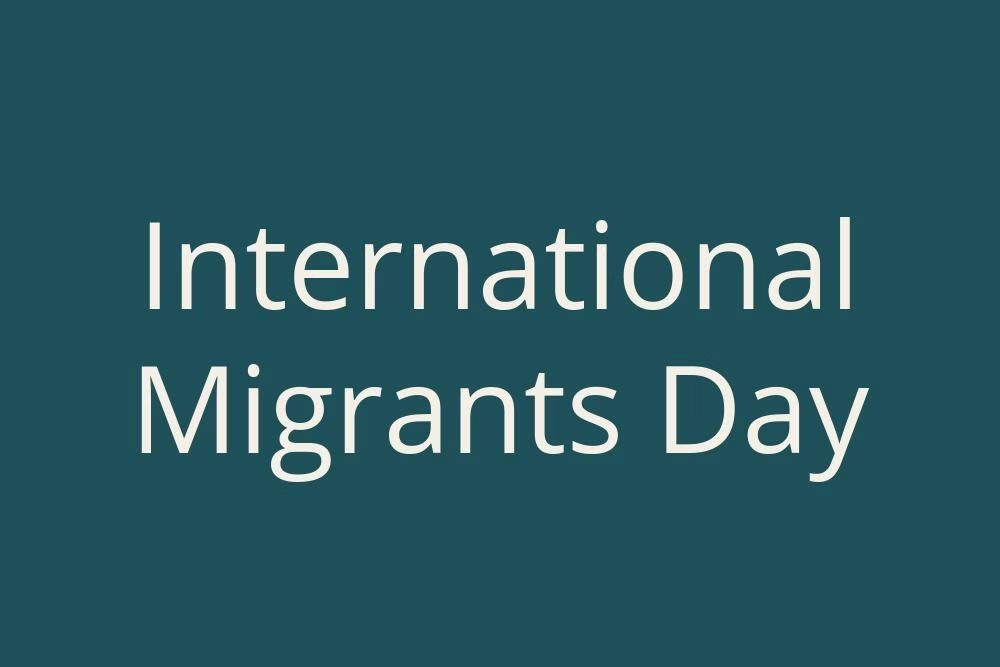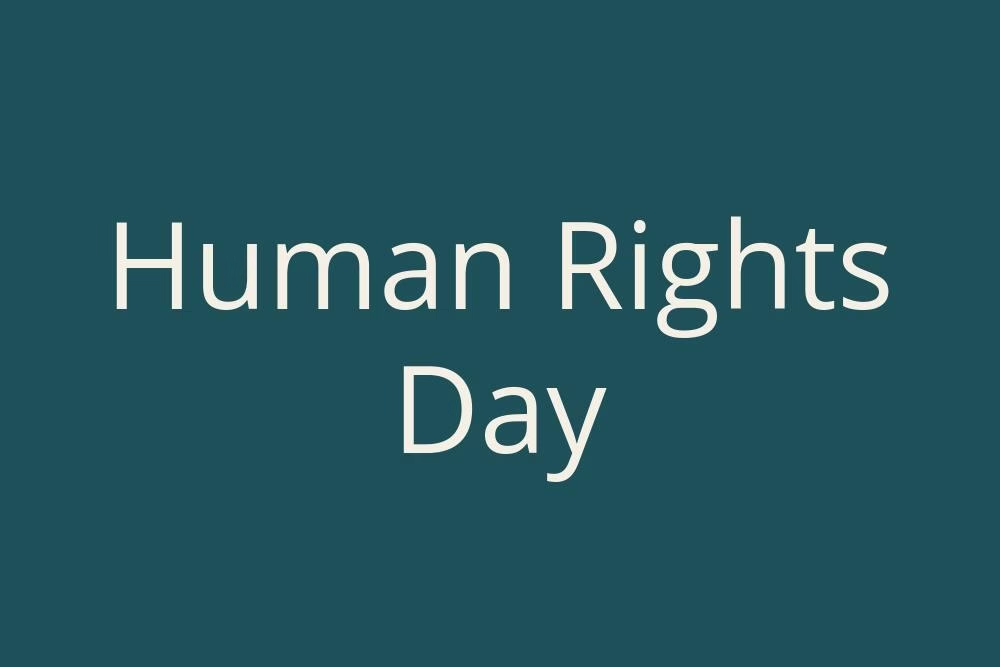Days Countdown
Weeks Countdown
Months Countdown
How Many Days Until World Elder Abuse Awareness Day? (2026-2050)
| Date | Day | Days Left |
|---|---|---|
| 2026 (June 15) | Monday | 193 days |
| 2027 (June 15) | Tuesday | 558 days |
| 2028 (June 15) | Thursday | 924 days |
| 2029 (June 15) | Friday | 1289 days |
| 2030 (June 15) | Saturday | 1654 days |
| 2031 (June 15) | Sunday | 2019 days |
| 2032 (June 15) | Tuesday | 2385 days |
| 2033 (June 15) | Wednesday | 2750 days |
| 2034 (June 15) | Thursday | 3115 days |
| 2035 (June 15) | Friday | 3480 days |
| 2036 (June 15) | Sunday | 3846 days |
| 2037 (June 15) | Monday | 4211 days |
| 2038 (June 15) | Tuesday | 4576 days |
| 2039 (June 15) | Wednesday | 4941 days |
| 2040 (June 15) | Friday | 5307 days |
| 2041 (June 15) | Saturday | 5672 days |
| 2042 (June 15) | Sunday | 6037 days |
| 2043 (June 15) | Monday | 6402 days |
| 2044 (June 15) | Wednesday | 6768 days |
| 2045 (June 15) | Thursday | 7133 days |
| 2046 (June 15) | Friday | 7498 days |
| 2047 (June 15) | Saturday | 7863 days |
| 2048 (June 15) | Monday | 8229 days |
| 2049 (June 15) | Tuesday | 8594 days |
| 2050 (June 15) | Wednesday | 8959 days |
Understanding World Elder Abuse Awareness Day
World Elder Abuse Awareness Day (WEAAD) is observed annually on June 15, aimed at increasing knowledge and understanding of elder abuse, a serious social issue that affects many older adults globally. This day serves as a reminder that elder abuse exists in various forms, including physical, emotional, financial, and neglect, often hidden behind closed doors. It emerges from a complex interplay of factors, including societal attitudes, ageism, and inadequate resources for both older adults and their caregivers.
Historical Context of WEAAD
Initiated in 2006 by the International Network for the Prevention of Elder Abuse and the World Health Organization, WEAAD was established to call attention to the maltreatment of older individuals. Though many societies celebrate and honor their elders, instances of abuse often go unreported, with victims suffering in silence. This day promotes awareness and encourages people to speak out against all forms of abuse.
Forms of Elder Abuse
Elder abuse can manifest in several ways, and recognizing these is crucial in identifying and addressing the problem. Below is a table that outlines the common types of elder abuse:
| Type of Abuse | Description |
|---|---|
| Physical Abuse | Inflicting physical pain or injury |
| Emotional Abuse | Causing emotional pain or distress through verbal abuse or threats |
| Financial Abuse | Illegally or improperly taking money or property |
| Neglect | Failing to meet an elder’s basic physical or emotional needs |
The Importance of Awareness and Education
Awareness is the first step towards prevention. By understanding the signs and types of elder abuse, communities can better protect vulnerable individuals. Educational campaigns are crucial for fostering empathy and providing the necessary tools to recognize and report abuse. It is essential for caregivers, family members, and friends to engage in discussions about elder care and ensure the well-being of elders in their lives.
How to Get Involved
Individuals can participate in WEAAD by organizing or attending local events, workshops, or seminars focusing on education about elder abuse. Spreading the word on social media platforms, displaying information materials, and directly reaching out to local authorities or organizations dedicated to elder rights are ways one can contribute. Simple gestures, such as checking in on elderly neighbors or loved ones to ensure they are safe and supported, play a significant role in preventing abuse.
Global Impact and Future Direction
The ongoing global conversation around aging populations and elder rights is significant as we approach 2050, when the number of people aged 60 years and older is expected to double. Addressing elder abuse requires a multifaceted approach, including improved legal protections, better healthcare access, and community support systems. As societies evolve, it will be essential to continually discuss elder protection and ensure older adults can live with dignity and respect.


